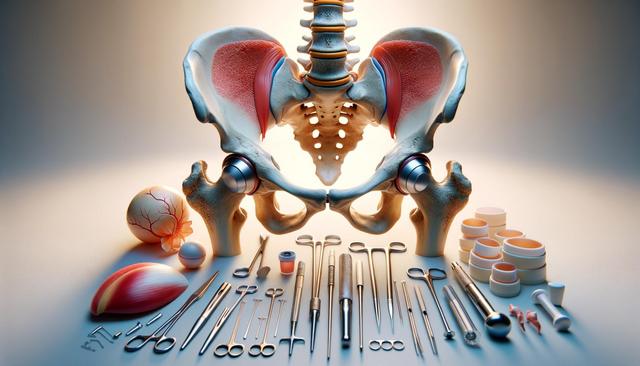Recognizing the Signs You May Need Hip Surgery
Understanding when it might be time to consider hip surgery is the first step on the path to recovery. Persistent discomfort and decreasing mobility are often early indicators. Many individuals begin to notice a decline in their ability to perform everyday activities like walking, climbing stairs, or getting up from a seated position. These limitations may gradually worsen over time, interfering with work, hobbies, and general quality of life.
Some common signs you may need hip surgery include:
- Chronic hip pain that does not improve with medications or physical therapy
- Stiffness in the hip joint that limits your range of motion
- Difficulty bearing weight on the affected leg
- Disruption to sleep due to hip discomfort
- Reduced ability to participate in physical activities
If these symptoms are interfering with daily life and non-surgical treatments are no longer effective, it may be time to consult with an orthopedic specialist. Early assessment can help determine the appropriate course of action and potentially prevent further joint deterioration.
Understanding the Risks and Benefits of Hip Replacement
Like any major medical procedure, hip replacement surgery involves certain risks. However, for many people, the potential benefits significantly outweigh the drawbacks. Weighing the risks and benefits of hip replacement is a crucial part of the decision-making process.
Potential benefits include:
- Significant reduction or elimination of hip pain
- Improved mobility and joint function
- Enhanced ability to perform daily tasks
- Better sleep due to decreased discomfort
- Greater independence and quality of life
On the other hand, there are risks to consider, such as:
- Infection at the surgical site
- Blood clots in the legs or lungs
- Dislocation or loosening of the new joint
- Reactions to anesthesia
- Need for revision surgery in the future
Discussing these factors with your medical team will help you make an informed choice based on your health history and lifestyle goals.
What to Expect Preparing for Hip Surgery
Proper preparation can have a significant impact on the outcome of your surgery and recovery. Knowing what to expect preparing for hip surgery helps reduce anxiety and ensures that you are physically and mentally ready for the procedure.
Preparation typically involves:
- Attending pre-surgical consultations and tests
- Reviewing medications with your healthcare provider
- Strengthening muscles through physical therapy
- Arranging for help at home during recovery
- Making modifications to your living space to improve safety
In many cases, your doctor may recommend losing weight, quitting smoking, or improving your nutritional intake to enhance healing. Planning ahead for your hospital stay and post-operative care can ensure a smoother transition and better overall experience.
The Procedure and Immediate Recovery
Hip replacement surgery typically involves removing the damaged portions of the hip joint and replacing them with artificial implants. The procedure can last between one and two hours, depending on the complexity of the case and the surgical technique used.
After surgery, patients are closely monitored in a recovery room before being moved to a hospital room. Pain management is a top priority at this stage. Physical therapy usually begins within a day, as early movement is key to preventing complications and promoting healing.
The initial recovery period often includes:
- Assistance with walking using a walker or crutches
- Daily physical therapy exercises
- Monitoring for signs of infection or blood clots
- Gradual return to normal activities over several weeks
Most patients are discharged from the hospital within a few days and continue their rehabilitation at home or in a specialized facility. Following medical advice closely during this time is essential for a successful recovery.
Long-Term Outlook and Lifestyle Adjustments
In the months following surgery, patients often experience significant improvements in mobility and a reduction in pain. However, achieving the best outcomes requires ongoing commitment to rehabilitation and lifestyle adjustments. Successful hip replacement can allow individuals to return to many of the activities they once enjoyed, with some limitations.
Long-term care tips include:
- Maintaining a healthy weight to reduce stress on the joint
- Sticking to a regular exercise routine approved by your doctor
- Being mindful of movements that could strain the hip
- Attending follow-up visits to monitor the condition of the implant
While artificial hips are designed to last many years, avoiding high-impact activities and taking precautions can help extend their lifespan. Staying informed and proactive about joint health will support your long-term recovery and mobility.
Conclusion
For those struggling with chronic hip pain and limited mobility, hip surgery can be a life-changing decision. By recognizing the signs you may need hip surgery, understanding the risks and benefits of hip replacement, and knowing what to expect preparing for hip surgery, you can approach the process with confidence and clarity. Always consult with a qualified healthcare provider to discuss your options and create a treatment plan tailored to your needs. With the right guidance and preparation, hip surgery can lead to a more active and comfortable life.




Leave a Reply